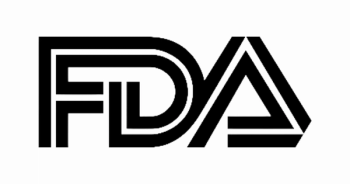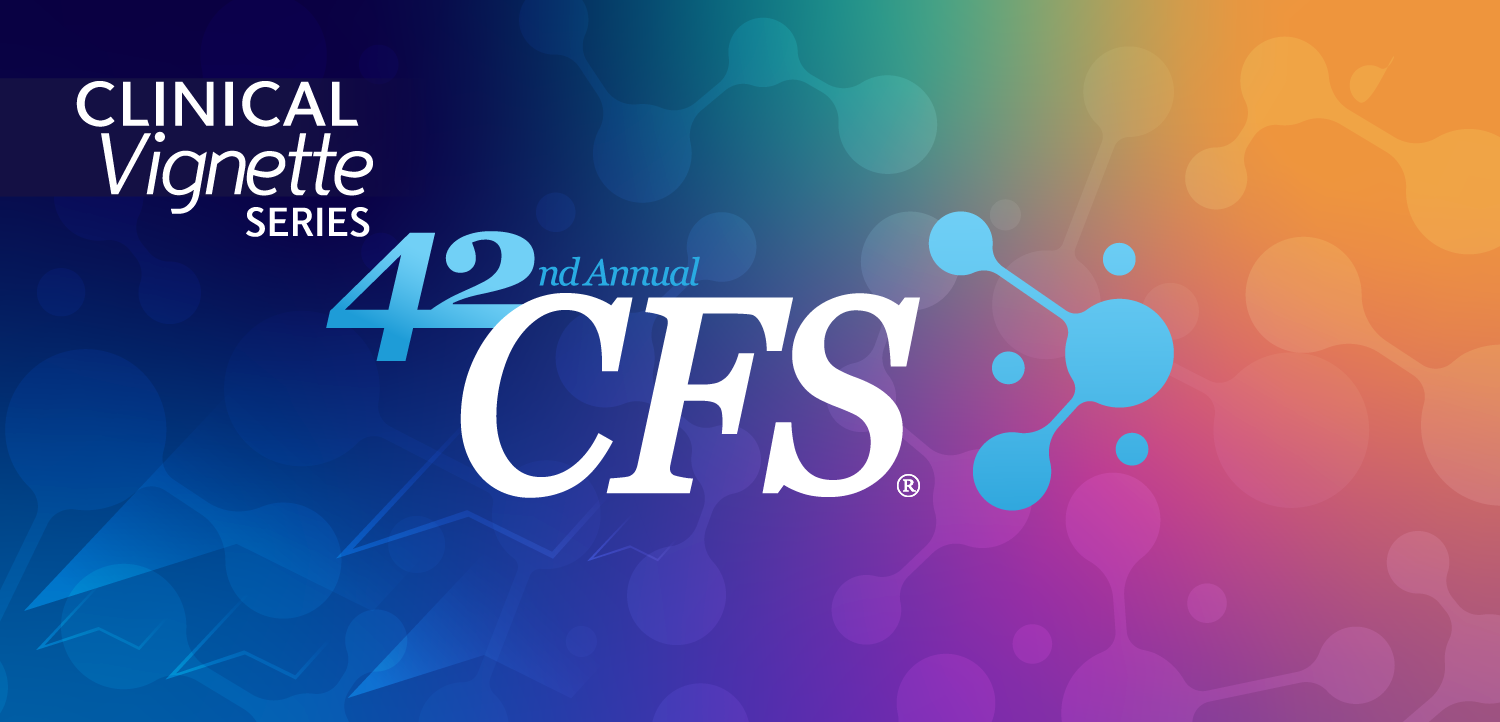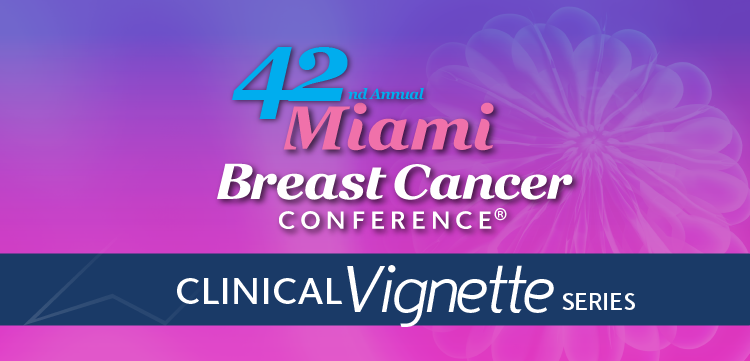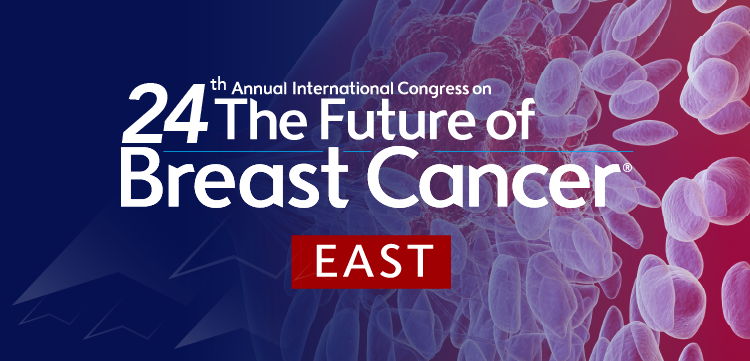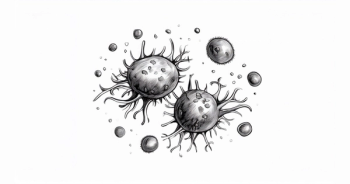
NCCN Guidelines Add Ropeginterferon Alfa for First-Line Polycythemia Vera
Ropeginterferon alfa is now a recommended first-line treatment for patients with polycythemia vera, according to the National Comprehensive Cancer Network’s updated guidelines.
The National Comprehensive Cancer Network (NCCN) Clinical Practice Guidelines in Oncology have been updated to include ropeginterferon alfa-2b-njft (Besremi) as a preferred option for first-line cytoreductive therapy in patients with symptomatic, low-risk polycythemia vera (PV).1
“The recent update to the NCCN Guidelines reflects the ongoing shift in PV care towards earlier intervention, focusing on long-term patient health,” said Rami Komrokji, MD, vice chair of the malignant hematology department and head of the leukemia and myelodysplastic syndrome section at Moffitt Cancer Center, in a press release.
Ropeginterferon alfa is the only preferred therapy for symptomatic high-risk and low-risk PV. The monopegylated, long-acting interferon was given an orphan drug designation and
Five-Year Follow-Up Study of Ropeginterferon Alfa in Polycythemia Vera
Findings from 5-year follow-up the phase 3 PROUD-PV (NCT01949805) and phase 3b CONTINUATION-PV (NCT02218047) trials on patients with PV treated with ropeginterferon alfa were published in 2022. They showed that the complete hematologic response (CHR) rate was 55.8% in the ropeginterferon alfa arm vs 44% in the control arm.2 The molecular response rate at 5 years was also higher in the ropeginterferon alfa arm at 69.1% vs 21.6% in the control arm (RR, 3.04; 95% CI, 1.96-4.71; P <.0001).
Regarding safety, the incidence of adverse events (AEs) was balanced between the arms. In the ropeginterferon alfa arm, the most common AEs occurring in 10% or more of patients were thrombocytopenia, anemia, leukopenia, elevated hepatic enzymes, arthralgia, fatigue, headache, dizziness, splenomegaly, pyrexia, and back pain. In the control arm, the most common AEs were thrombocytopenia, anemia, leukopenia, fatigue, headache, nausea, diarrhea, influenza, and nasopharyngitis. Most AEs were grade 1 or 2.
Importantly, the findings from this 5-year follow-up suggested that treatment discontinuation without disease progression could be considered, which is not currently possible with other available therapies for PV.
Dosing Strategies for Ropeginterferon Alfa in Polcythemia Vera
Ropeginterferon alfa is administered every 2 to 4 weeks at a starting dose of 100 µg or 50 µg for patients receiving hydroxyurea. Intrapatient dose titrations are given in 50 µg increments up to 500 µg.3 This dosing schema allows for more flexible administration that can meet a patient’s needs.
Findings from a 2023 study (NCT05485948) investigated an alternate dosing schedule of a higher starting dose and quicker intrapatient dose titrations in patients who were resistant or intolerant to hydroxyurea. The study found that this dosing schema demonstrated a CHR at week 24 of 61.2% vs 43.1% at 12 months with the approved dosing schedule.
Ropeginterferon alfa appeared to be tolerated in this regimen, and the most common AEs were grade 1 or 2 alanine aminotransferase and aspartate aminotransferase increases.



